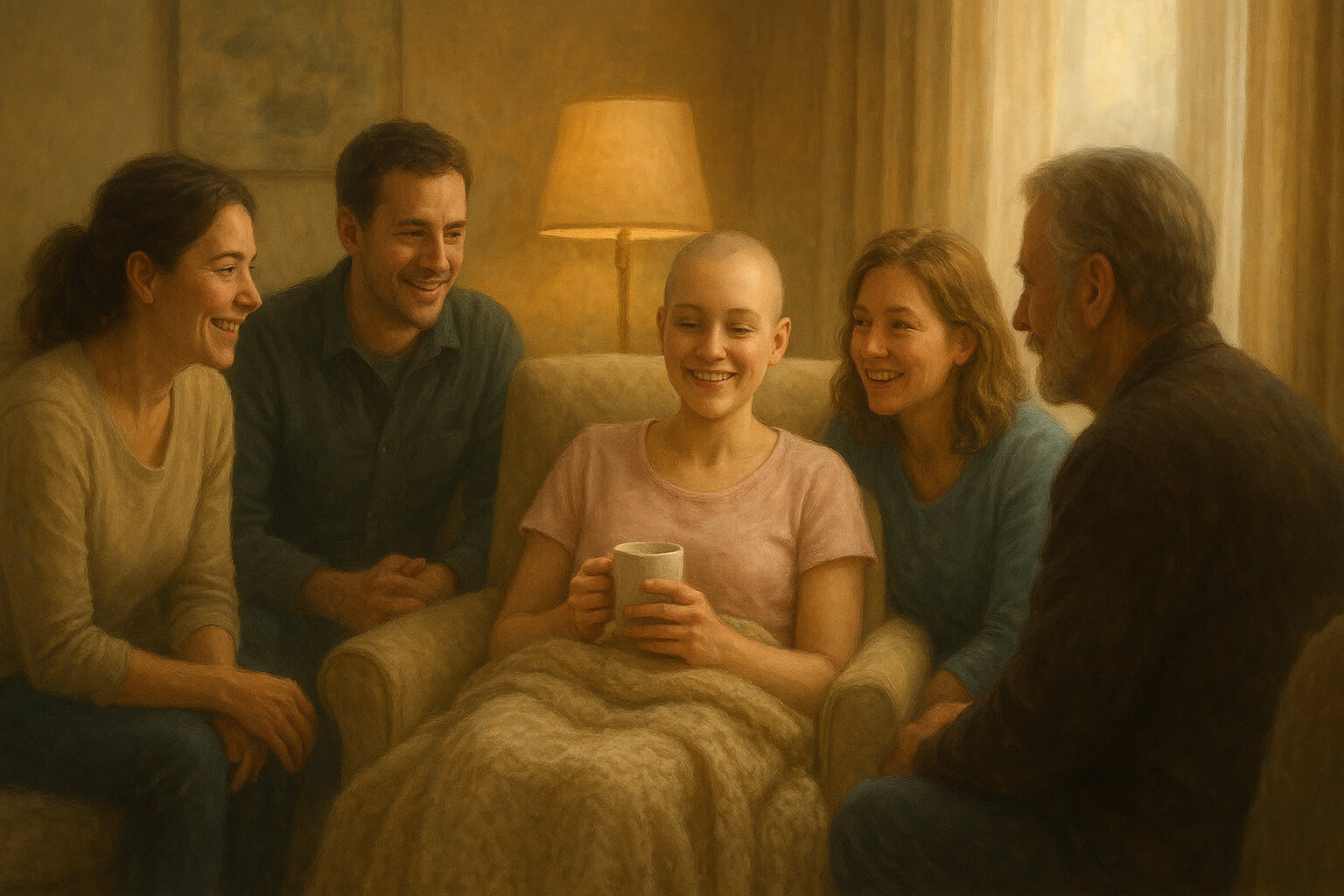Living with a chronic illness is not just a medical experience—it’s a daily, often invisible battle that touches every part of a person’s life. For many, it means waking up in pain, explaining symptoms that aren’t always visible, juggling appointments, and navigating a world that isn’t built for unpredictability. And yet, in the face of these obstacles, many individuals build not only survival strategies—but also communities, advocacy movements, and personal transformations that inspire and empower others.
This article explores how people living with chronic illnesses—like diabetes, autoimmune conditions, heart disease, and long COVID—face hardship with extraordinary courage. These are stories of resilience, rooted in truth, strengthened by community, and defined not by illness, but by human will.
1. Understanding Chronic Illness and Its Emotional Landscape
Chronic illness isn’t something you “get over.” It lingers. It changes. And often, it isolates.
What makes chronic illness so complex isn’t just the symptoms—it’s the ripple effects:
- Emotional toll: Uncertainty and pain often lead to anxiety, depression, or burnout.
- Financial strain: From medical costs to lost income, the burden can be relentless.
- Social misunderstandings: Because symptoms may be invisible, people with chronic illness are often met with skepticism—"But you don't look sick."
These daily battles can erode confidence and hope. But they also lead many people to dig deeper—into themselves and their communities—for strength, meaning, and support.
As highlighted in Understanding Mental Health: Breaking the Stigma; Stress Management Techniques, emotional well-being is deeply intertwined with physical health. For those with chronic illness, that connection is constant—and essential.
2. Stories of Strength and Transformation
Emma’s Journey: Turning Pain into Purpose
- Diagnosed with rheumatoid arthritis in her late twenties, Emma found herself unable to continue the active lifestyle she once loved. What began as frustration turned into expression. She started sharing her journey online—first through journal entries, then videos.
- What surprised her wasn’t the response from strangers—it was the recognition. Others had felt that same isolation, that same confusion. Her story gave them a voice, and in turn, they gave her community. Their shared pain became a shared mission: to normalize chronic illness, advocate for accessibility, and celebrate strength in vulnerability.
Carlos’s Passion: Fitness for All Bodies
- Living with Type 1 diabetes since childhood, Carlos understood the toll chronic illness takes—not just physically, but socially. He struggled to find a space where he felt safe exercising without judgment or unrealistic expectations.
- So, he built one.
- Carlos created a wellness group specifically for people with chronic conditions. His workouts are low-impact, inclusive, and focused on self-compassion. More than fitness, they’re about showing up—for your body, your mental health, and your community. Participants say the group has helped them feel “seen” for the first time.
- These stories echo the creative and collaborative power of online and local communities—similar to the supportive learning environments described in RocketPages’ music and wellness guides. Whether it’s learning to read music or learning to manage life with illness, support networks make all the difference.
3. The Power of Connection and Community
Chronic illness may be personal, but healing and resilience are collective.
Ways community support shows up:
- Peer networks: Online forums, Facebook groups, and local meetups create lifelines for connection and understanding.
- Local resources: Community centers, faith groups, and nonprofits often offer wellness activities tailored to different abilities and needs.
- Integrated care models: Programs that combine physical health, mental health, and social support lead to better outcomes and reduced stigma.
Like sustainability efforts in Simple Ways to Reduce Your Carbon Footprint at Home, resilience to chronic illness is most effective when it’s multi-dimensional—layered with care, community, and education.
4. Action Steps: Building Resilience and Support
Whether you’re living with a chronic illness, supporting someone who is, or leading a community effort, here are ways to foster resilience and inclusion.
For Individuals:
- Tell your story—in a blog, journal, or safe social space. Vulnerability connects us.
- Prioritize rest and boundaries—saying “no” can be as powerful as treatment.
- Join a group—many chronic illness communities welcome new members and provide emotional validation.
- Learn tools for calm—stress-reduction strategies such as breathing techniques or mindfulness exercises can make daily management more sustainable.
For Community Leaders:
- Offer adaptive activities—like chair yoga, walking groups, or art therapy.
- Design inclusive events—spaces with seating, bathrooms, and low-stimulation areas make a difference.
- Educate the public—create workshops or awareness campaigns to counter stigma and misinformation.
- Support caregivers—those helping loved ones with chronic illness also need time, space, and resources.
These efforts mirror successful food justice and housing access programs, such as those featured in RocketPages’ Food Banks Make a Difference, showing how empathy-driven infrastructure changes lives.
5. Trusted Resources to Explore
- Stanford Chronic Disease Self-Management Program – Evidence-based workshops that empower individuals to manage their health.
- National Alliance on Mental Illness (NAMI) – Supports mental health challenges that often accompany chronic physical conditions.
- MightyWell and The Mighty – Platforms sharing user stories and peer support for people with invisible or long-term conditions.
- Local hospital systems and community health centers – Often offer free or low-cost support groups and wellness classes.
6. Final Reflections: Resilience Isn't Always Loud
Chronic illness often demands quiet, constant strength. It's in the decision to get out of bed when your body resists. It’s in showing up to a family gathering with meds packed in your bag. It’s in the quiet relief of an online message that says, “I’ve felt that too.”
Emma and Carlos—and thousands like them—are rewriting what resilience looks like. It isn’t just survival. It’s creativity. It’s leadership. It’s compassion for oneself and others. Their journeys show that while chronic illness may persist, so do the human traits that define us at our best: empathy, innovation, connection, and hope.
